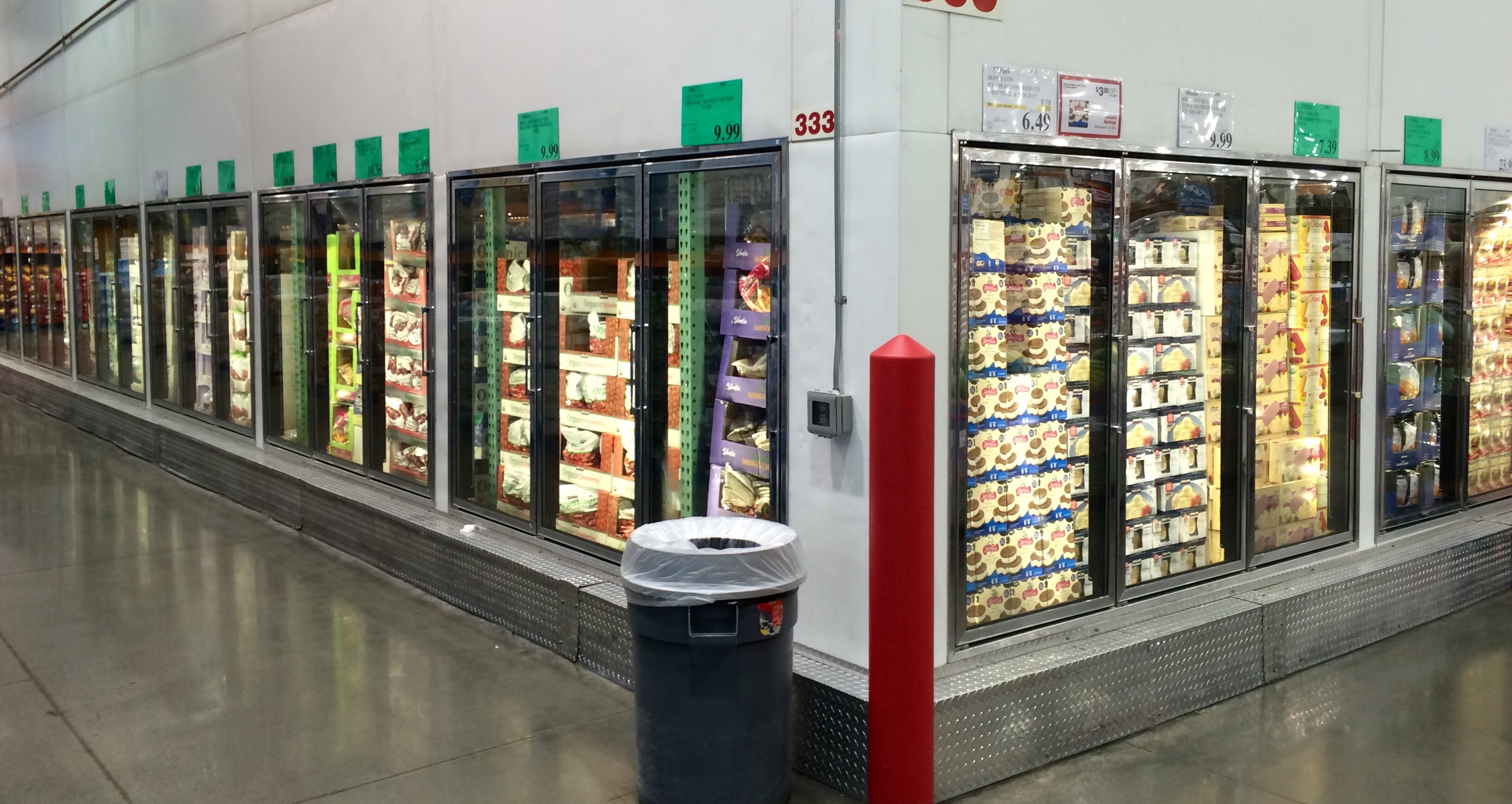 Hydrochlorofluorocarbons (HCFC) are liquids or gases that are most commonly used in refrigeration and air conditioning. Break it down and it’s a compound made of hydrogen, chlorine, fluorine, and carbon. They were developed for and are used as a less ozone-depleting substance (ODS) than chlorofluorocarbons (CFCs). You’ve probably heard of CFCs, the ODS that were phased out years ago. HCFCs are considered Class II ODS, which means they have less potential to destroy the ozone layer than Class I ODS, such as CFCs. HCFCs are being incrementally phased out, leading to a complete HCFC phase out by 2030.
Hydrochlorofluorocarbons (HCFC) are liquids or gases that are most commonly used in refrigeration and air conditioning. Break it down and it’s a compound made of hydrogen, chlorine, fluorine, and carbon. They were developed for and are used as a less ozone-depleting substance (ODS) than chlorofluorocarbons (CFCs). You’ve probably heard of CFCs, the ODS that were phased out years ago. HCFCs are considered Class II ODS, which means they have less potential to destroy the ozone layer than Class I ODS, such as CFCs. HCFCs are being incrementally phased out, leading to a complete HCFC phase out by 2030.
HCFCs are a problem when they leak into the atmosphere during manufacturing, use, or disposal. They are a very powerful greenhouse gas, which contribute to climate change. The amount of HCFCs released into the atmosphere is small compared to other greenhouse gases, such as carbon dioxide. HCFCs have a very high global-warming potential, up to 1000 times more than carbon dioxide. Greenpeace referred to HCFCs as The Worst Greenhouse Gas You’ve Never Heard Of.
HCFCs connection to Costco.
In 2014, Costco received an EPA notice of violation of the Clean Air Act for not making timely repairs to refrigeration leaks and failing to maintain proper records. Costco had to pay $335,000 in penalties and $2 million in planned upgrades to their refrigeration management. This is a Clean Air Act violation because those refrigeration leaks were HCFCs. Costco was adding ODS and greenhouse gases to the atmosphere due to poor refrigeration management. Costco is not the only one. Safeway had a similar violation in 2013 and Trader Joe’s got hit for it in June 2016.
Now that international diplomacy connection.
Former Secretary of State John Kerry once stated that climate change is more dangerous than ISIS. It’s a powerful statement and probably accurate. He went on to talk about how the United States’ reliance on air conditioning is a significant part of this problem. Air conditioning uses a lot of energy, which is mostly produced from fossil fuels. Fossil fuels emit carbon dioxide and other pollutants, which contribute to climate change. Add to that the HCFCs used in air conditioning. Now you have the argument that air conditioning with HCFCs is more dangerous than ISIS. Did you see that connection coming?
There are, of course, numerous benefits to air conditioning that can’t be said of ISIS: improved comfort, improved school and work performance, reduced insects and parasites, reduce allergens and improved indoor air quality.
HCFCs at home
Your home air conditioner and refrigerator may contain the HCFC refrigerant R-22, also known as Freon. Fortunately R-22 was discontinued for new products in 2010. So if you have a newer air conditioner, then it probably contains R-410A, which is a HFC and is not ozone-depleting. Did you catch that? It’s HFC, not HCFC. The non-ozone-depleting HFC doesn’t contain the first ‘C’ chlorine. The same goes for your refrigerator. If you have a newer model, it won’t contain the HCFC R-22.
HCFCs are being incrementally phased out for both commercial and residential products. They will be completely phased out by 2030 and will continue to be replaced with healthier alternatives. The next generation of air conditions may even produce electricity as it cools.
To make the cooling in your house more climate friendly, replace your old units that use R-22. The newer units won’t deplete the ozone, are more energy efficient, and all around better for climate change. Make sure your old ones get turned in properly so the R-22 can be removed. It doesn’t help if you throw it in the dump where the HCFC can be released into the atmosphere.
I hope this gives you a better understanding of another component of the complicated work to reduce climate change. Check out your home AC and refrigerator. Or next time you’re at Costco, look for those giant refrigeration units. I hope it’s not leaking.
